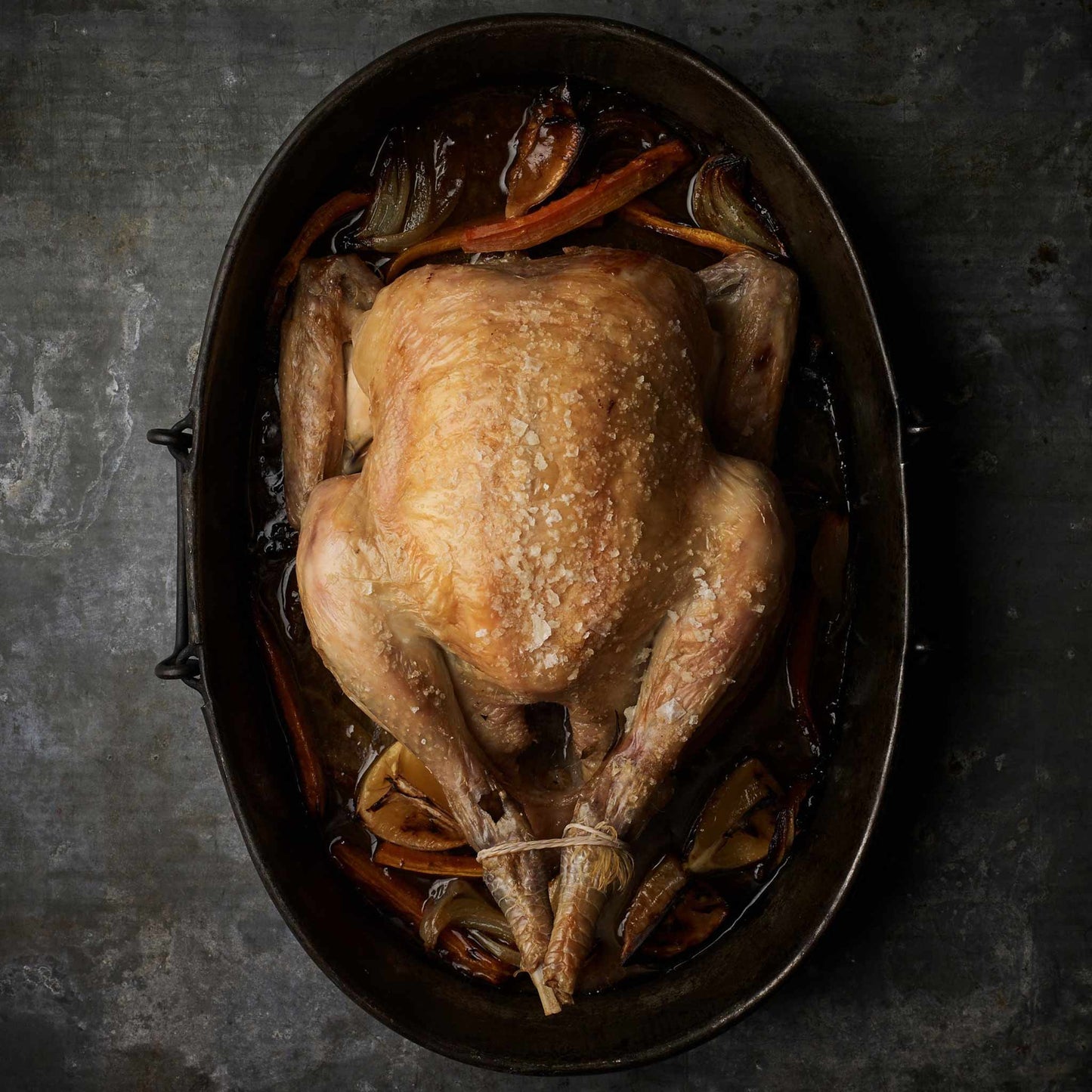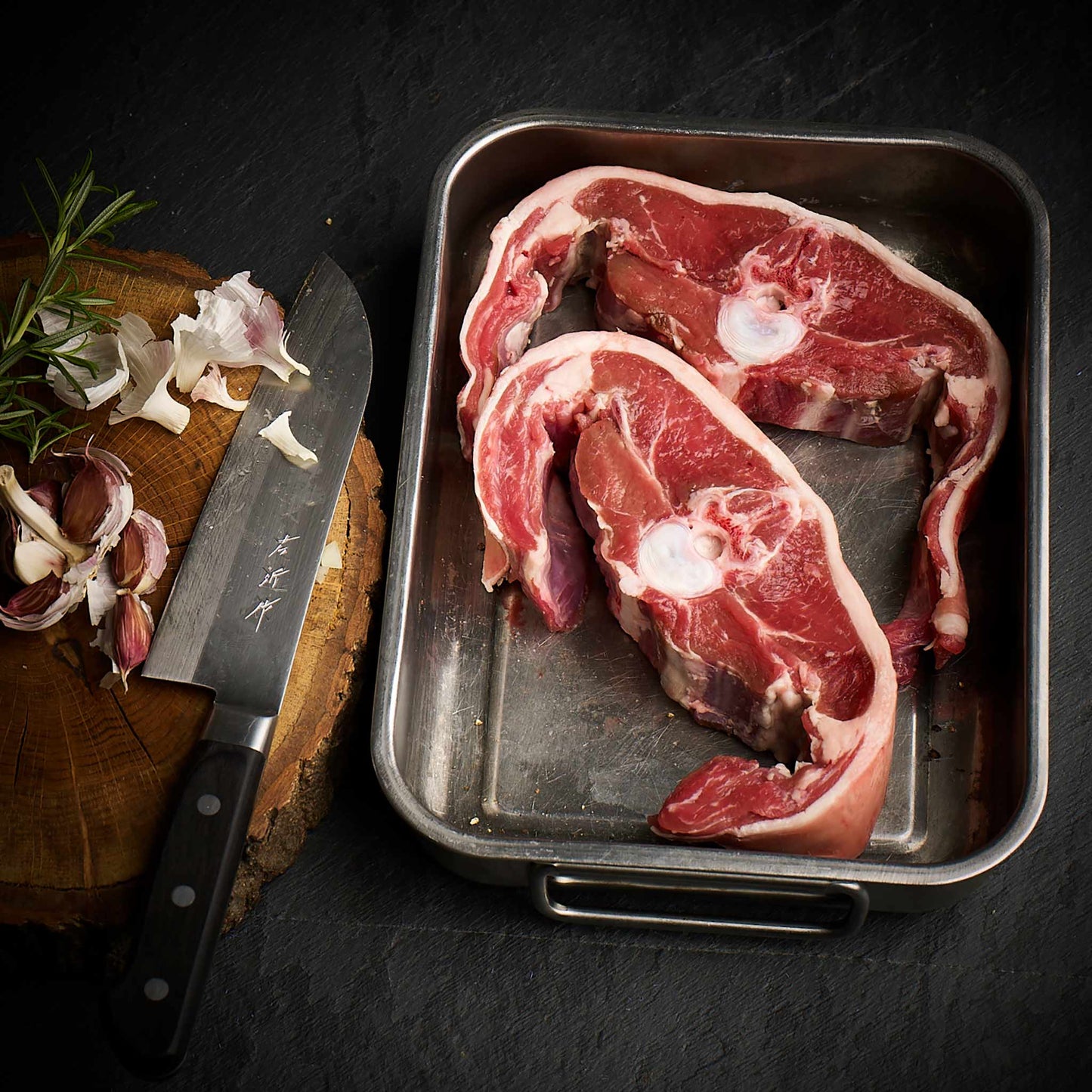We source our chicken from one farm in Leicestershire. The farm is Pasture for Life certified and rears truly free range, outdoor birds.
Packaging Returns

UNFORTUNATELY PACKAGING RETURN IS CURRENTLY UNAVAILABLE. THE SERVICE WE WERE USING IS NO LONGER AVAILABLE TO US. PACKAGING RETURN AND REUSE IS AN ABSOLUTE PRIORITY FOR US AND WE ARE LOOKING INTO AN ALTERNATIVE SOLUTION. WE HOPE TO HAVE THIS SERVICE AVAILABLE AGAIN IN THE VERY NEAR FUTURE. PLEASE BEAR WITH US, WE APPRECIATE YOUR PATIENCE.
Inside the box we use an insulation material called WoolCool in the form of what are termed fleece liners. These fleece liners contain wool which has become a byproduct of sheep rearing as wool no longer is as valuable as it used to be.
PLEASE NOTE: To use this service you need to return a minimum of 5 orders of packaging. One of our boxes can take up to 7 orders worth of insulation for return.
You can also return the ice packs to us for reuse which saves energy in manufacturing and makes an otherwise single use plastic not single use.
For the ice packs please send them undamaged, clean, dry and fully defrosted at room temperature.
One of our empty boxes can hold the insulation from 7 orders, please repack and tape closed, use paper tape if available rather than plastic.
The WoolCool can be used as many as 7 times and the ice packs even more, imagine that, by simply returning them to us you are responsible for reducing the impact of these materials by upto 7:1, that is significant!
Enter your email into the form on this link and you will receive a returns label that is prepaid by us, don't worry if you need to download it or print it more than once, we only get charged when it is actually used.
Please attach the label to the box and drop off at a Yodel collection point near you.
You can use this link to find a shop close to you that offers Collect+
_____________________________________________
Image from WoolCool's Facebook page

Other uses
However, if you don't want to return it to us you can use it in a garden. This wool is completely biodegradable and compostable once removed from the plastic liner and the plastic liner can be recycled.
You can use it to replace the peat element of composts in your garden by increasing water retention and acting as a source of slow-release nitrogen. The separated wool, will compost into soil and as it does so will release nutrients.
All you need to do is to remove the actual wool from the plastic sheeting and recycle the plastic before using the wool.
Sheep’s wool can replace the peat element of composts by increasing water retention and acting as a source of slow-release nitrogen. Peat extraction is problematic for several reasons, peat acts as a significant, natural carbon (C) store and so its removal decreases the land’s C storage capacity whilst increasing the risk of floods, impacting water quality and damaging wildlife habitats. Wool when composted releases a unique spectrum of trace elements including high levels of potassium (K), sodium (Na), iron (Fe) and phosphorus (P).

We've also been told by some customers that they hang it from trees in their gardens for birds to use for nest building and over a matter of weeks the whole sheet is slowly taken away by birds bit by bit, what a lovely thought that this organic waste product that insulated our boxes is helping baby birds to hatch from their eggs.
Images from WoolCool's Facebook page tagged under #lestboxclever

Customers have used the WoolCool to insulate baby plants against late frosts or to protect things such as tree ferns or banana plants throughout the winter

It's a wonderful use of an otherwise waste material and we're really inspired by any uses you can put it to and we're really happy to be using it, the only downside to us is that it is quite expensive compared to alternatives. The cost to us for insulation works out at £3 per box so if you choose to use it in your garden, local park or someone else's garden then great, if not please do consider returning it to us as above.
Putting this in in landfill is such as waste and turns it into a single use product which is such a waste when you think of the potential of reusing it by either returning the material to nature in a beneficial way or sending back to us in a circular economy.
_________________________________________



